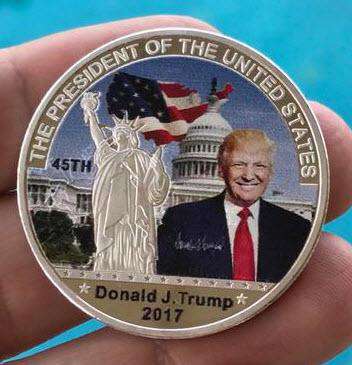On January 6, 2021, the nation witnessed a chaotic scene at the Capitol that some have labeled an insurrection. Proponents of this view argue that those who stormed the building were motivated by Donald Trump’s rhetoric, suggesting he incited violence. However, this narrative fails to consider the fundamental aspects of what transpired that day and the beliefs of those who participated.
Notably, those who gathered at the Capitol believed they were protesting against what they saw as a stolen election. It’s crucial to acknowledge that many Americans, including a significant number of Republicans, held this view. The concerns over the integrity of the election were not baseless for millions of voters who felt disenfranchised. They were there to express their discontent with the electoral process, not necessarily to engage in violence. This distinction is vital when evaluating the actions of the crowd on January 6.
The argument that Trump orchestrated an insurrection collapses when we examine his actual words. Before the mob charged the Capitol, Trump urged his supporters to “peacefully and patriotically” make their voices heard. These words were a call for demonstration, not destruction. After the chaos erupted, Trump promptly told his supporters to go home. If he had truly intended to incite a violent uprising, it’s hard to imagine he would have asked for calm when the situation escalated.
Critics may claim that Trump’s earlier statements—encouraging his followers to “fight like hell”—were a call to arms. However, the interpretation of such language is subjective. It would be more accurate to view these comments as part of a passionate political rally rather than a directive for insurrection. The distinction between expressing outrage and orchestrating violence is significant. While some chose to cross the line, that does not equate to Trump being responsible for those actions.
Ultimately, the discussion around January 6 is more complex than simply labeling it an insurrection. The motivations of those involved cannot be dismissed as mere blind allegiance to a leader. Many who gathered believed they were defending the integrity of their country. Instead of focusing on punishment for those at the Capitol, it may be more reasonable to engage in dialogue about the underlying issues of trust in our electoral process. Painting the entire event through a single, narrow lens fails to consider the broader implications and sentiments that fueled the gathering.
As society grapples with the aftermath of January 6, it is essential to recognize the importance of lawful protest and personal responsibility. Engaging in discussions about election integrity is crucial, but it must be done respectfully and without resorting to violence. Upholding law and order is a cornerstone of American values, and any attempt to paint those who sought change that day as a monolithic group misses the mark entirely.







